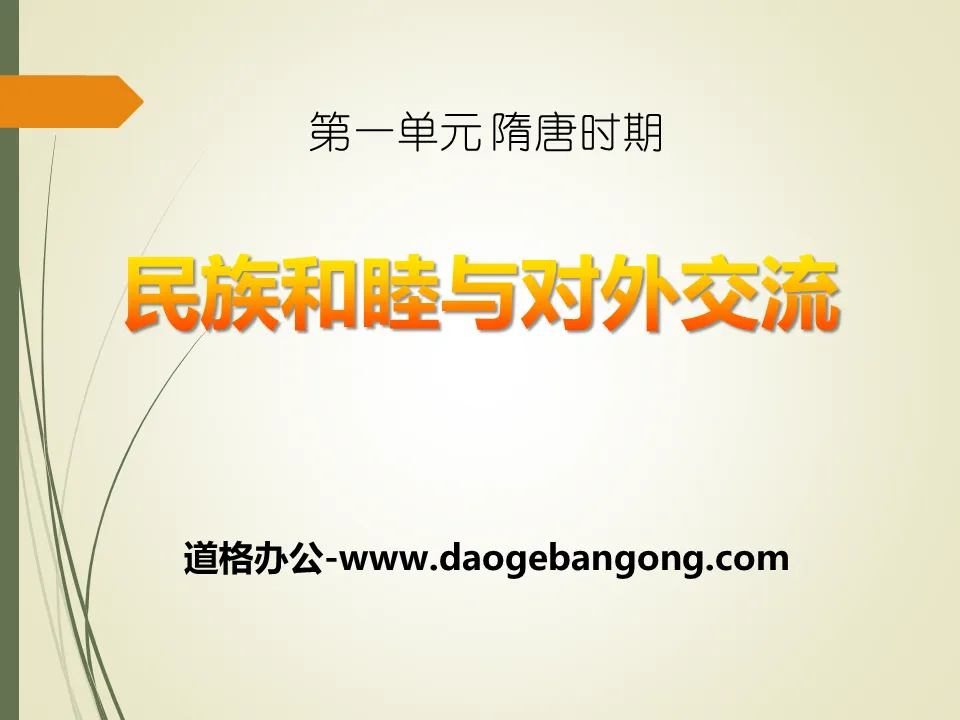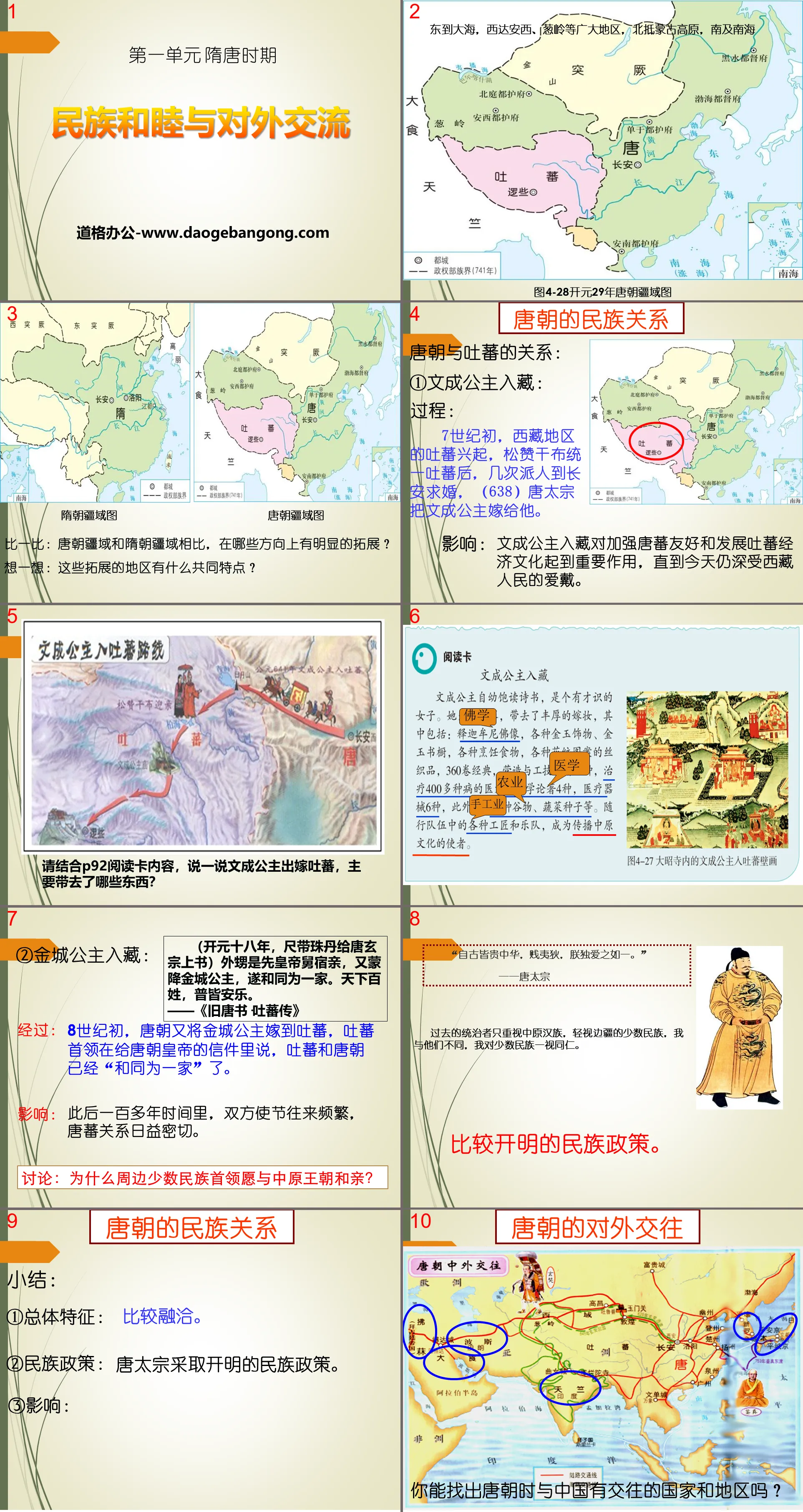The second volume of history for eighth grade compiled by the People's Education Publishing House
Zhonghua Book Company Edition Eighth Grade History Volume 2
People's Education Edition Eighth Grade History Volume 1
Zhonghua Book Company Edition Seventh Grade History Volume 2
People's Education Press Seventh Grade History Volume 1
Volume 1 of the seventh grade history compiled by the People's Education Publishing House
Yuelu Edition Seventh Grade History Volume 2
People's Education Edition History and Society 9th Grade Part II
People's Education Edition Eighth Grade History Volume 2
People's Education Press History and Society Grade 7
East China Normal University Edition Seventh Grade History Volume 1
People's Education Press History and Society Grade 9
People's Education Press Seventh Grade History Volume 2
Yuelu Edition Seventh Grade History Volume 1
People's Education Press History and Society for Grade 8 Volume 1
People's Education Press Ninth Grade History Volume 2

| Category | Format | Size |
|---|---|---|
| East China Normal University Edition Seventh Grade History Volume 2 | pptx | 6 MB |
Description
"History of National Harmony and Sino-foreign Exchanges" PPT courseware during the Sui and Tang Dynasties
Ethnic relations in the Tang Dynasty
The relationship between the Tang Dynasty and Tubo:
①Princess Wencheng enters Tibet:
Process: In the early 7th century, Tubo emerged in Tibet. After Songtsen Gampo unified Tubo, he sent people to Chang'an several times to propose marriage. (638) Emperor Taizong of the Tang Dynasty married Princess Wencheng to him.
Impact: Princess Wencheng's entry into Tibet played an important role in strengthening the friendship between Tang and Tibet and developing the economy and culture of Tibet. She is still deeply loved by the Tibetan people to this day.
②Princess Jincheng enters Tibet:
History: At the beginning of the 8th century, the Tang Dynasty married Princess Jincheng to Tubo. The Tubo leader said in a letter to the Tang emperor that Tubo and the Tang Dynasty had become "one family".
Impact: In the following more than a hundred years, envoys from both sides had frequent exchanges, and the relationship between Tang and Tibet became increasingly close.
Discussion: Why are the leaders of surrounding ethnic minorities willing to make peace with the Central Plains dynasty?
1. Tang Dynasty and Tianzhu——Xuan Zang’s Journey to the West
①Reason: Xuanzang was an eminent monk during the reign of Emperor Taizong of the Tang Dynasty. When he was studying Buddhist scriptures, he felt that there were many different teachings and could not answer them, so he came up with the idea of going to Tianzhu to seek Dharma. Tianzhu is roughly equivalent in geographical scope to today's Indian Peninsula.
②Experience: Xuanzang went through hardships to get there, traveled in Tianzhu for 17 years, visited famous Buddhist temples, and studied at Nalanda Temple, the highest institution of Buddhism, and became a famous Buddhist master.
③Return to China: In the late Zhenguan period, Xuanzang returned to Chang'an with a large number of Buddhist classics.
④Achievements:
a. Proficient in Sanskrit and Chinese, he translated many Buddhist scriptures.
b. The Records of the Western Regions of the Tang Dynasty was written based on what he saw during his journey to the West. It describes the Buddhism, history, geography, customs and customs of the Western Regions and Tianzhu. It is an important book for studying the history and Buddhism of Central Asia, the Indian Peninsula and other places.
2. Tang Dynasty and Japan—Sending Envoys to Tang Dynasty
Japan and China are countries separated by a narrow strip of water. After the Dahua reform, Japan became more active in learning from the Tang Dynasty and sent envoys to the Tang Dynasty more than ten times. These people were called "envoys to the Tang Dynasty". Also coming were foreign students and monks studying abroad. The size of the mission is large, ranging from two hundred people to five or six hundred people.
Envoys sent to the Tang Dynasty brought back to Japan the laws and regulations, astronomy and calendar, calligraphy art, architectural art, and customs of the Tang Dynasty.
The influence of Tang Dynasty culture on Japan
System: three provinces and six ministries system, land equalization system, renting system
Architecture: Tangzhaotiji Temple, Pingchengkyo
Text: Hiragana (cursive script), Katakana (regular script radical)
Clothing: Kimono (Sui suit, Tang suit)
Holidays: New Year's Eve, Lantern Festival, Qingming Festival, Mid-Autumn Festival, Dragon Boat Festival, Chinese Valentine's Day, Double Ninth Festival, etc.
In addition: tea ceremony, flower arrangement, kendo, calligraphy, Chinese herbal medicine, etc.
After-school development
What enlightenment does the enlightened ethnic policy of the Tang Dynasty have on us today?
Today we should also implement enlightened ethnic policies, step up the development of ethnic areas, promote local economic development, and achieve ethnic equality, ethnic unity and common prosperity.
Today's China is in a period of reform and opening up and high economic development. What inspiration can we get from the Tang Dynasty’s foreign exchanges?
First, we must have a stable political situation and adhere to the policy of opening up to the outside world.
Second, improve one's own quality and strive to develop economy and culture.
Third, learn from the broad mind of the Tang Dynasty that embraced all rivers. While spreading advanced culture, we must be good at absorbing its essence and using it for our own benefit.
Keywords: teaching courseware for the Sui and Tang Dynasties, teaching courseware for the history of national harmony and Sino-foreign exchanges, download the history PPT courseware for the second volume of the seventh grade of the East China Normal University edition, download the seventh grade history slide courseware, download the PPT courseware for the Sui and Tang Dynasties, download the PPT courseware for the history of national harmony and Sino-foreign exchanges, PPT courseware download, .PPT format;
For more information about the PPT courseware "National Harmony and the History of Sino-Foreign Exchanges in the Sui and Tang Dynasties", please click the ppt National Harmony and the History of Sino-Foreign Exchanges in the Sui and Tang Dynasties ppt tag.
"History of National Harmony and Sino-Foreign Exchanges" PPT courseware 2 during the Sui and Tang Dynasties:
"History of Ethnic Harmony and Sino-Foreign Exchanges" PPT courseware during the Sui and Tang Dynasties 2 Enlightened Ethnic Policies 1. Taizong of the Tang Dynasty was revered as the Khan of Heaven (that is, the common monarch of all ethnic groups). 2. The prestige of the central government of the Tang Dynasty was greatly improved. 3. Since ancient times, people have valued China and despised barbarians. I only love...
File Info
Update Time: 2024-10-22
This template belongs to History courseware East China Normal University Edition Seventh Grade History Volume 2 industry PPT template
"History of National Harmony and Sino-foreign Exchanges" PPT courseware during the Sui and Tang Dynasties Simple campus recruitment activity planning plan summary enterprise and institution recruitment publicity lecture PPT template is a general PPT template for business post competition provided by the manuscript PPT, simple campus recruitment activity planning plan summary enterprise and institution recruitment promotion Lecture PPT template, you can edit and modify the text and pictures in the source file by downloading the source file. If you want more exquisite business PPT templates, you can come to grid resource. Doug resource PPT, massive PPT template slide material download, we only make high-quality PPT templates!
Tips: If you open the template and feel that it is not suitable for all your needs, you can search for related content "History of National Harmony and Sino-foreign Exchanges" PPT courseware during the Sui and Tang Dynasties is enough.
How to use the Windows system template
Directly decompress the file and use it with office or wps
How to use the Mac system template
Directly decompress the file and use it Office or wps can be used
Related reading
For more detailed PPT-related tutorials and font tutorials, you can view: Click to see
How to create a high-quality technological sense PPT? 4 ways to share the bottom of the box
Notice
Do not download in WeChat, Zhihu, QQ, built-in browsers, please use mobile browsers to download! If you are a mobile phone user, please download it on your computer!
1. The manuscript PPT is only for study and reference, please delete it 24 hours after downloading.
2. If the resource involves your legitimate rights and interests, delete it immediately.
3. Contact information: service@daogebangong.com
"History of National Harmony and Sino-foreign Exchanges" PPT courseware during the Sui and Tang Dynasties, due to usage restrictions, it is only for personal study and reference use. For commercial use, please go to the relevant official website for authorization.
(Personal non-commercial use refers to the use of this font to complete the display of personal works, including but not limited to the design of personal papers, resumes, etc.)
Preview










